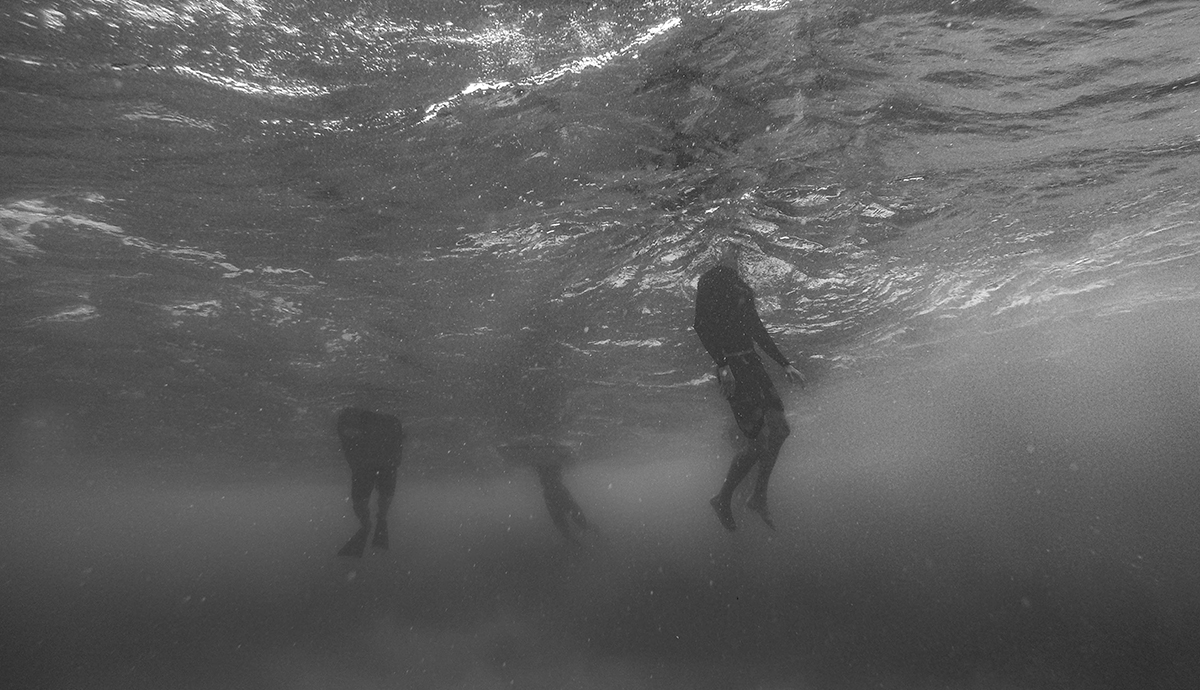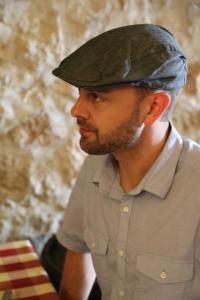Same Difference

It’s a familiar idea—the smallest difference having a huge impact.
It seems to come up especially often in sports conversations. While discussing the mechanics of Roger Federer’s game, for example, David Foster Wallace writes, “tennis is… a game of micrometers: vanishingly tiny changes around the moment of impact will have large effects on how and where the ball travels…. adjusting the racket face ever so slightly to the left or right, and hitting the ball maybe a millisecond early or late, will result in a cross-court versus down-the-line return.”
Micro differences have significant macro effects. (Cf. the butterfly effect and so on.) Familiar, indeed.
But a little less familiar is the notion that the exact same thing, in another time or place, can make all the difference. Although what I’m describing might sound like repetition (when Sîn-lēqi-unninni, for instance, tells us after Gilgamesh and Enkidu have killed, beheaded, and mutilated Humbaba in the cedar forest that “A gentle rain fell onto the mountains. / A gentle rain fell onto the mountains,” the second occurrence of that line registers with an ominous weight, whereas the first occurrence is simply descriptive lyricism), I am, instead, targeting a particular species of repetition that’s different from simple, immediate repetition—a species wherein the selfsame thing has an altogether different function because of a new context.
Maybe this idea is a little less familiar because it’s obvious. (“I love you,” after all, quite clearly has different connotations depending on whom we say it to.) What we take for granted in unreflective daily life, however, can become interesting in a literary context.
Since rhetoricians like to name every rhetorical phenomenon under the sun, there’s a term that partly names what I’m trying to describe: antanaclasis, which the Oxford English Dictionary defines as a “figure of speech involving repetition of a word in a different sense.” But it might also be a whole phrase that’s repeated—often for the effect of a pun. Look it up, and you’ll likely find Twelfth Night cited.
Act III of which opens when Viola, disguised as Cesario, sees the clown playing a tabour. Here’s the beginning of their exchange.
Viola: Save thee, friend, and thy music: dost thou live by
thy tabour?
Clown: No, sir, I live by the church.
Viola: Art thou a churchman?
Clown: No such matter, sir: I do live by the church; for
I do live at my house, and my house doth stand by
the church.
The same phrase, “live by,” is used in three different ways. In Viola’s first question, she suggests the means of making a living. In the clown’s response, he echoes that same meaning, but because of the associations connoted by “church,” the additional meaning of “having as one’s main guiding principle” is also available. And in the clown’s final remark above, we get the more literal meaning. This wordplay, which shows the same phrase used to mean different things, helps characterize the clown as having a markedly sharp wit.
But here’s a better example of what I’m trying to get at. It doesn’t constitute antanaclasis, though, since it happens across authors. In 1944, William Carlos Williams published a fifteen-line poem in tercets titled “The Yellow Chimney.” (Full poem here.) It’s a fine poem, but there are four words that jump out to me: “not/ of the sun.” That those same words occurred sixteen years earlier, when Ezra Pound published Cantos XVII-XXVII, could be a mere coincidence, but Williams might also be taking a jab.
In Canto XVII, the light is “not of the sun” because it is Neoplatonic, celestial light. The amber light in Williams’ poem, however, is “not / of the sun,” not because it’s divine (as Pound would have it), but because its amber quality is the effect of a very particular kind of autumnal light, owing more to the season than to the variety of sunset.
So the critique implied is a little like the one in Creeley’s “I Know a Man.” As the speaker is waxing metaphysical (“the darkness sur- / rounds us, what // can we do against / it”), “John” chides him for dreaming up “a goddamn big car” while failing to pay proper attention to the literal car he’s actually driving (“look / out where yr going”). Williams’ poem similarly advocates direct, immediate, and closely-engaged acts of perception rather than concerns with the metaphysical, divine, or abstract.
The same four words … but in the different ways they’re used, we can glimpse which poet would write his epic chasing the ghosts of Homer, Dante, and the troubadors across Europe, and which poet would base his epic in Paterson, New Jersey, constantly reaffirming his maxim: “No ideas but in things.”
Two poets use the exact same phrase and reveal a world of difference between them.
Recommended
Nor’easter
Post-Op Appointment With My Father
Cedar Valley Youth Poet Laureate | Fall 2024 Workshop






